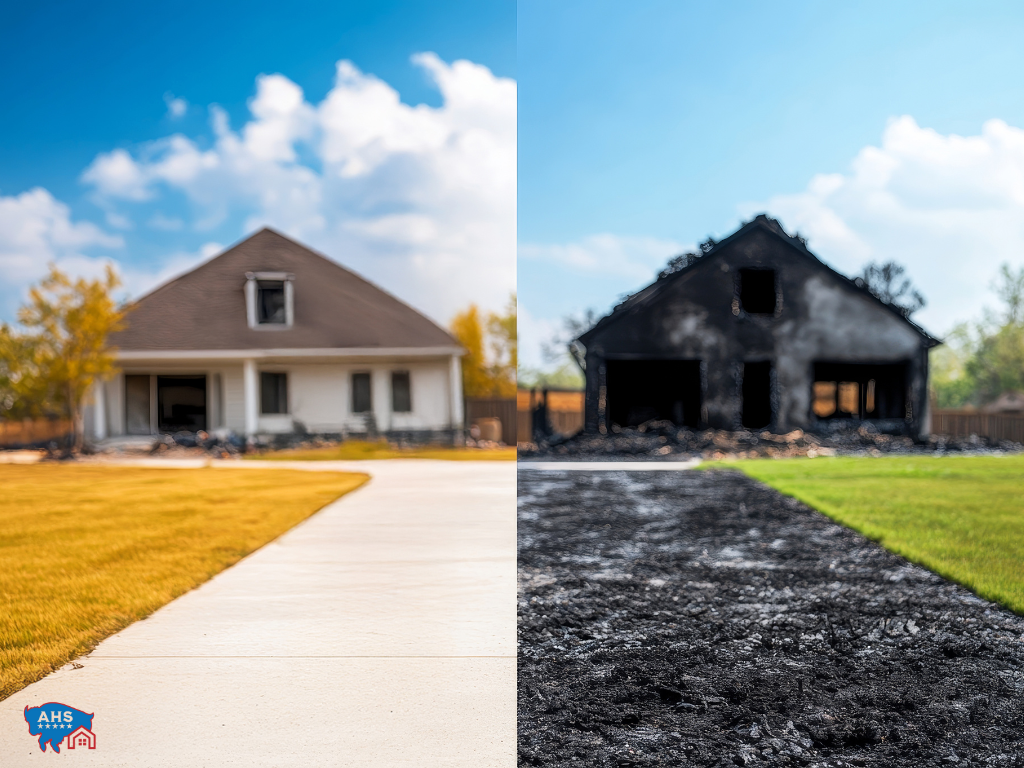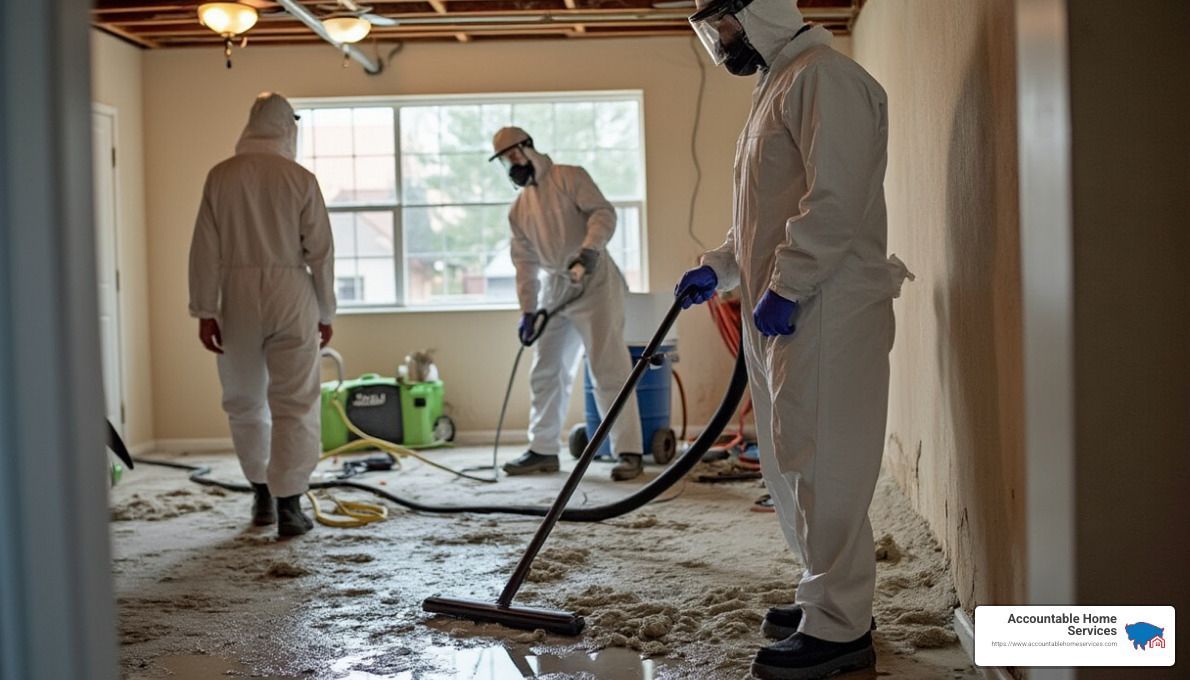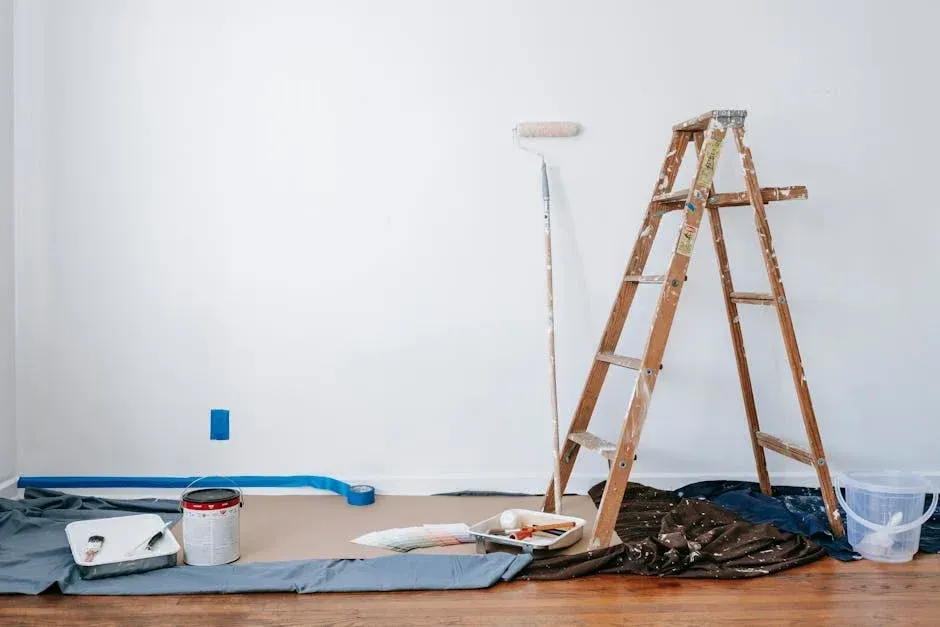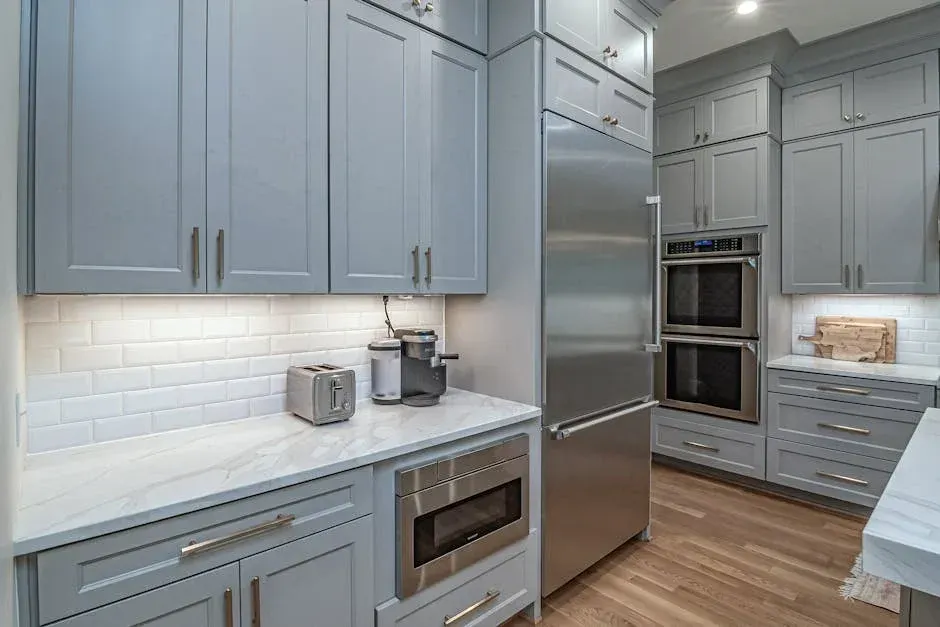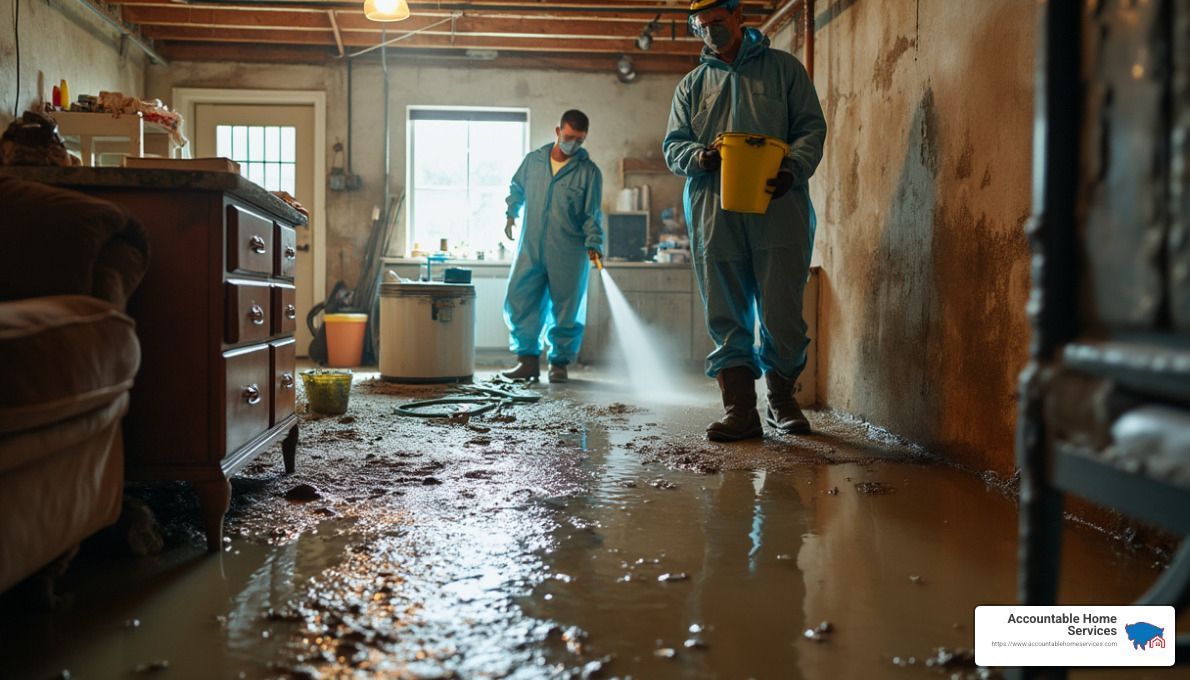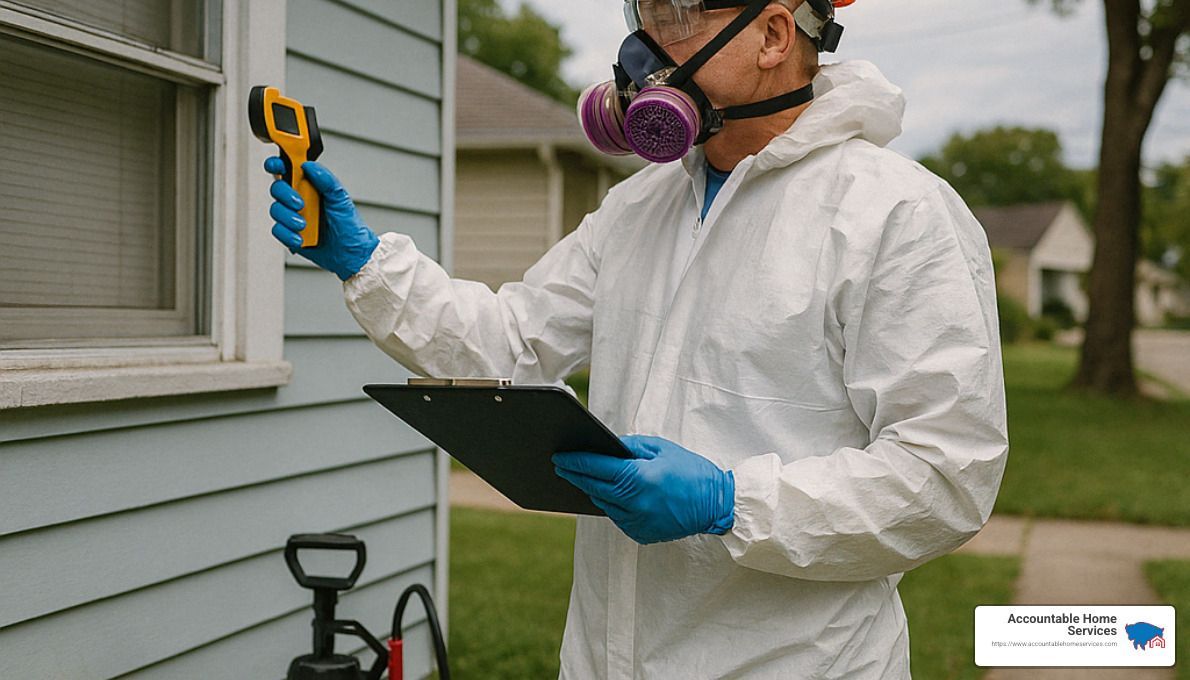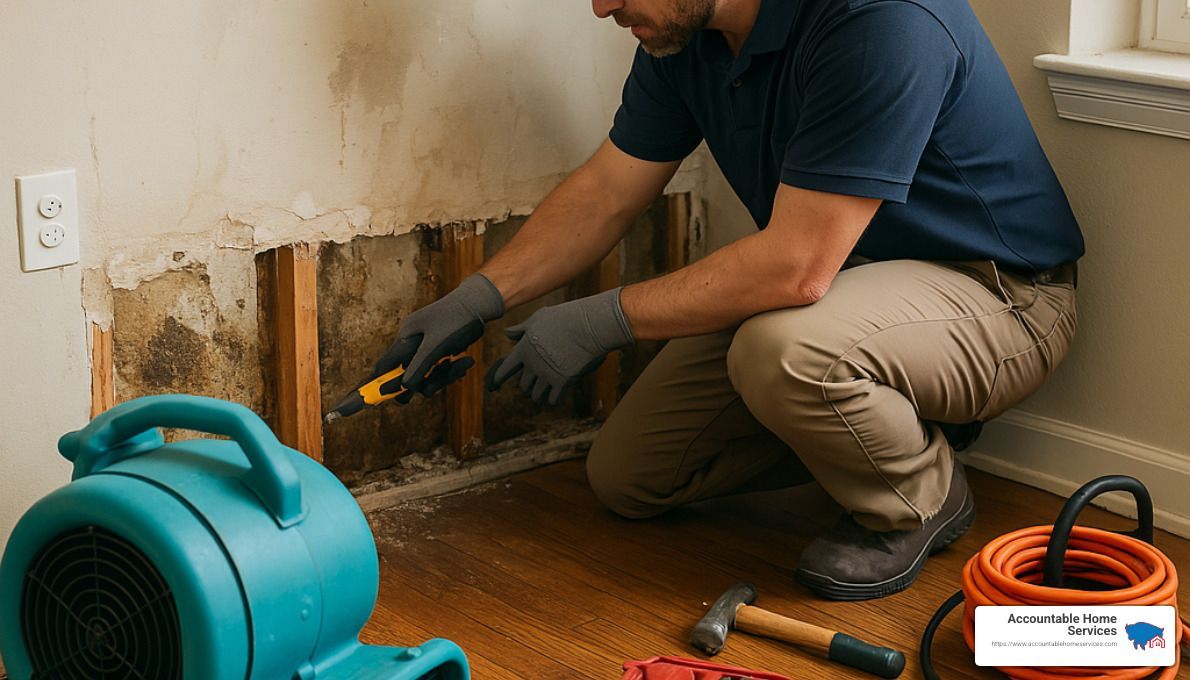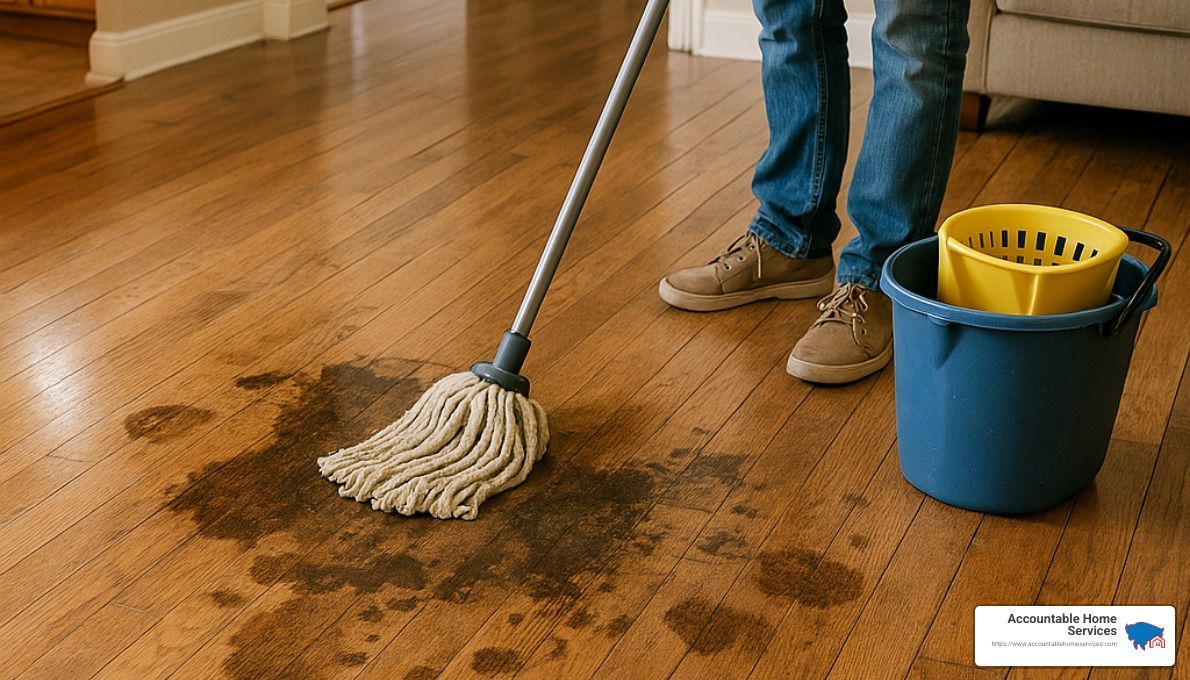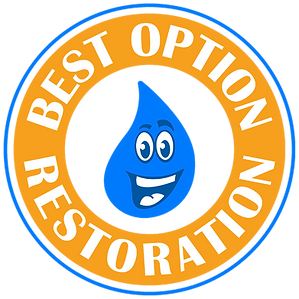Blog
Uncovering Hidden Water Damage Sources in Your Home

Water damage is one of the most insidious problems a homeowner can face. While some sources of water damage are obvious, such as flooding or burst pipes, others remain hidden until significant damage has already occurred. Identifying water damage restoration causes early can save you from costly repairs and help preserve the value of your home.
In places like Denver, Colorado, where seasonal weather can amplify certain risks, staying vigilant about hidden water damage is even more important. This guide will help you uncover common hidden sources of water damage and provide tips for preventing and addressing them effectively.
Why Hidden Water Damage is a Serious Concern
Hidden water damage often goes unnoticed until it has caused severe structural problems or health hazards. This type of damage can compromise your home’s integrity and lead to expensive repairs if not detected early.
Structural Damage
Water that seeps into walls, floors, or ceilings weakens your home’s structural components over time. In Denver, where snowmelt and storms are common, even small leaks can cause extensive damage if left unchecked.
Mold and Mildew Growth
Hidden water damage creates the perfect environment for mold and mildew to thrive. Mold not only damages surfaces but also poses health risks, including respiratory issues and allergies. Regular inspections can help identify these hidden dangers before they escalate.
Common Hidden Water Damage Sources
Understanding water damage restoration starts with identifying the most common hidden sources of water damage in your home. These sources are often overlooked but can lead to significant problems if not addressed.
Leaky Pipes Inside Walls
Pipes hidden within walls can develop slow leaks over time due to corrosion or wear. These leaks often go unnoticed until they cause visible damage like staining or warped walls. In Denver, where freezing temperatures can cause pipes to crack, regular inspections are essential.
Roof Leaks
A small leak in your roof can allow water to trickle down into your attic and walls, causing hidden damage. Heavy snowfall in Denver can exacerbate this issue by adding weight and moisture to your roof. Inspecting your roof annually can help catch these leaks early.
Basement Moisture
Basements are particularly prone to hidden water damage due to poor drainage or high groundwater levels. Cracks in the foundation or leaks from windows can allow water to seep in. In Denver, rapid snowmelt or heavy rain can overwhelm drainage systems, increasing the risk of basement moisture.
Faulty Appliances
Dishwashers, washing machines, and refrigerators with worn-out seals or hoses can leak water over time. These leaks often occur in areas that are hard to see, such as behind the appliance, leading to unnoticed water damage.
How to Detect Hidden Water Damage
Detecting hidden water damage early requires vigilance and regular maintenance. Here are some signs to watch for and tips for identifying potential issues.
Signs of Hidden Damage
- Discoloration: Look for yellow, brown, or dark spots on walls and ceilings.
- Warping: Check for buckled or warped floors, which can indicate water beneath the surface.
- Musty Odors: A persistent musty smell often signals mold or mildew caused by hidden water damage.
Regular Inspections
Conduct regular inspections of your home’s plumbing, roof, and basement. In Denver, schedule these inspections after the winter season or heavy storms to catch any issues caused by snowmelt or rainfall.
Use Moisture Meters
Investing in a moisture meter can help you detect areas with elevated moisture levels. This tool is especially useful for identifying hidden leaks behind walls or under flooring.
Preventing Hidden Water Damage
Taking proactive measures can help you prevent hidden water damage and avoid costly repairs. Here are some tips to protect your home.
Maintain Your Plumbing System
Regularly inspect and maintain your plumbing system to prevent leaks. In Denver, insulate pipes to protect them from freezing and bursting during winter.
Ensure Proper Drainage
Keep gutters and downspouts clear to direct water away from your home’s foundation. Poor drainage is a common cause of basement moisture, especially in areas prone to heavy snowmelt like Denver.
Seal Cracks and Gaps
Seal any cracks in your foundation, walls, or windows to prevent water from seeping into your home. In Denver’s freeze-thaw cycle, small cracks can quickly expand if not repaired.
Addressing Hidden Water Damage
If you suspect hidden water damage, taking immediate action is critical to minimizing its impact. Here are the steps you should take.
Identify the Source
The first step in addressing water damage is identifying the source. Whether it’s a leaky pipe or a damaged roof, addressing the root cause prevents further issues.
Remove Damaged Materials
Remove any materials that are too damaged to repair, such as soaked drywall or warped wood. This helps prevent mold growth and further structural damage.
Hire Professionals
Professional water damage restoration services have the expertise and tools to address hidden damage effectively. They can assess the extent of the damage and provide solutions tailored to your home’s needs.
How Can Accountable Home Services Help You
At Accountable Home Services, we specialize in uncovering and addressing hidden water damage to protect your home and its value. Our team in Denver, Colorado, understands the unique challenges posed by the local climate and offers tailored solutions to keep your home safe and secure.
Visit us at
1347 E 73rd Ave, Denver, CO 80229, or
call us at
(720)620-3272 to schedule an inspection today. Let Accountable Home Services help you detect hidden water damage and restore your home to its best condition.

